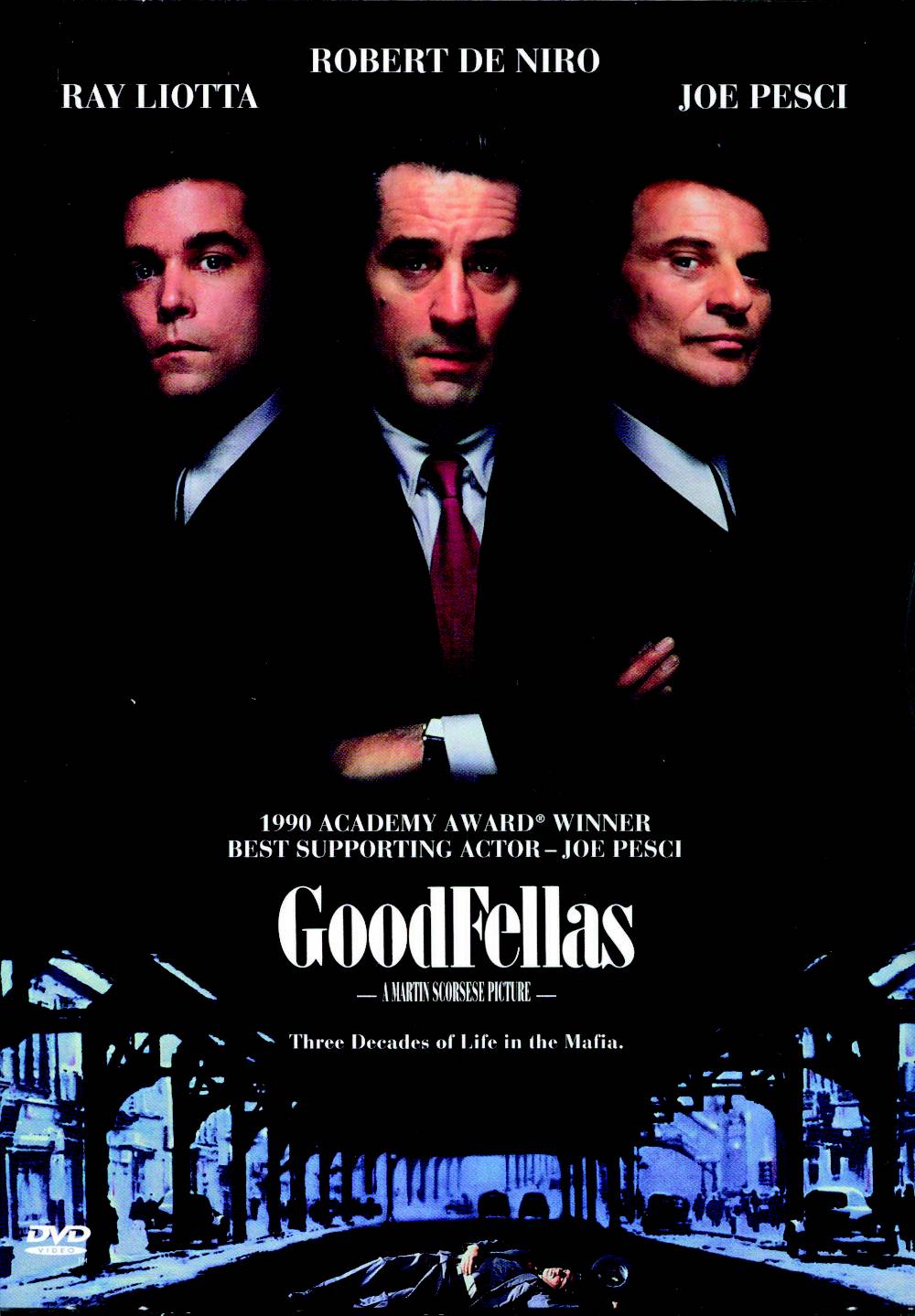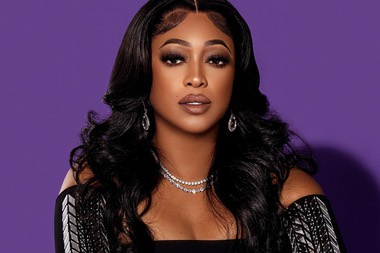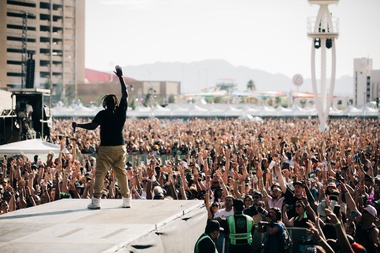Celebrating the anniversary of an important piece of pop culture has been a ritual ever since The Wizard of Oz turned 20, but as with everything in the age of the Internet, the practice has gotten way out of hand. Earlier this year, CNN posted an articled titled “Pretty Woman at 25,” which reassessed the gold-hearted-hooker blockbuster as a “cultural touchstone” and a “misunderstood feminist classic.” Last week, Rolling Stone observed two questionable milestones: the 26th anniversary of the Red Hot Chili Peppers Mother’s Milk (an insignificant birthday of a most un-vital album) and the 25th anniversary of Jane’s Addiction’s Ritual de lo Habitual, which supposedly casts “a massive shadow over the rock landscape 25 years later.” Holy hyperbole, Batman!
Let’s all take three or five steps back and reserve the overstatement for something truly noteworthy: On September 19, Goodfellas—one of the greatest, most influential films of all time—marks its silver anniversary. Yup, it’s been 25 years since Martin Scorsese rebounded from a late-’80s slump (The Color of Money, The Last Temptation of Christ) with his third masterpiece (Taxi Driver and Raging Bull being the first two). It’s been half a century since my sophomore-in-college self walked out of a theater in the East Village, completely exhausted, not knowing what hit me. And after three viewings this summer, I’m amazed at how well it’s held up. Time has somehow made Goodfellas feel nastier, fouler, more intoxicating than ever.
Part of the fun of watching it today is playing Spot the Influence: horrific violence padded with pop music and mundane dialogue (see Quentin Tarantino); numerous familiar faces (Lorraine Bracco, Michael Imperioli, Frank Vincent, Tony Sirico) from The Sopranos (creator David Chase has called Goodfellas his “Koran”); a coked-out third act that blasts already-high tensions through the roof (the “Long Way Down (One Last Thing)” sequence in Boogie Nights), plus an expert mix of voiceover, freeze frames, tracking shots and long takes that countless directors have tried and failed to imitate (Ted Demme most laughably in Blow).
“I don’t care where you are,” Jon Favreau says in a bonus feature on the recently re-released Blu-ray. “If you turn on cable and Goodfellas is on, you just never turn it off.”
What keeps my attention again and again are the details, and for nearly two and a half hours, Scorsese layers on the minutiae: the florescent-blue cream the mob wives brush on their faces; Joe Pesci’s simple analysis of his mother’s painting; Paul Sorvino slicing garlic with a razor blade. My favorite moment of the whole movie happens in all of two seconds: Debi Mazar, playing a big-haired gangster groupie, sniffs a bottle of perfume and says, “French.” Just the idea that anything French has to be fancy, or that a third-tier mob hoochie would possess a nose so discerning—these jokes never get old.
Nor does the violence, although for shock value, all the spilled blood can’t compare to the appalling behavior of characters who—no matter how well Scorsese humanized them—remain genuine monsters. Say the wrong thing at any given moment and you’ve got bullets in your chest, or an ice pick in the back of the head. And for what? The Corleone family were like the Kennedys, radiating power and prestige. Even Tony Soprano maintained a solid, upper-middle-class family life. But the wiseguys in Goodfellas are the smallest of small-time crooks. They only use their riches to buy more rags.







